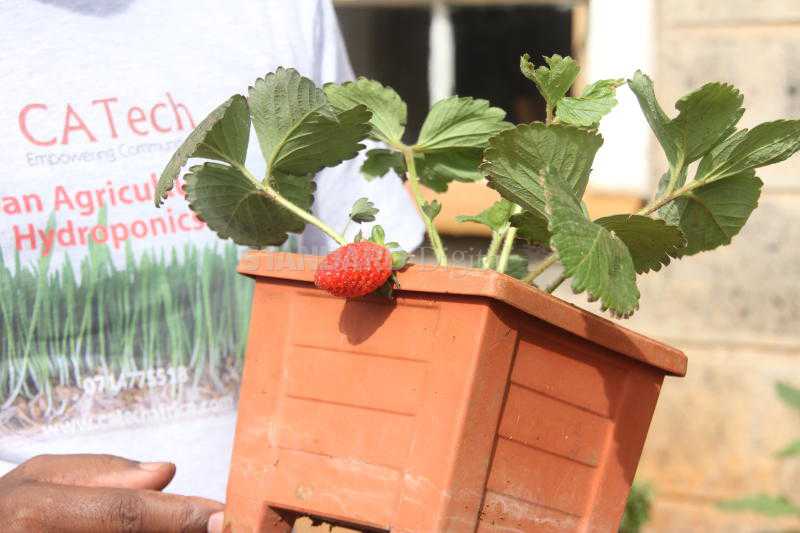×
The Standard e-Paper
Smart Minds Choose Us

In my field extension work, I have noticed an interesting trend — hydroponic Dutch buckets (Bato bucket systems) are transforming the horticulture industry. Invented in Holland, I have come across progressive farmers embracing this technology to maximise on yields. The system is suited to farmers with limited space and applicable in backyards and patios.
Many benefits